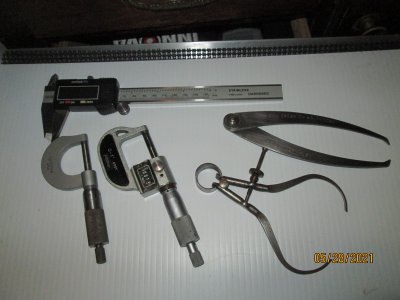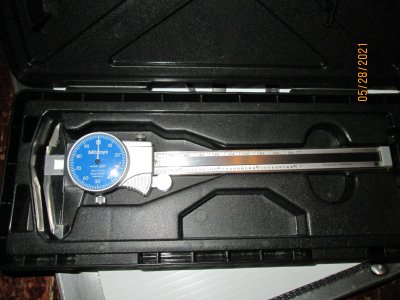- Joined
- May 18, 2021
- Messages
- 51
It should be here today.
I'm a firm believer in buying good tools. Cheap tools always end up being more expensive in the long run in so many ways.
Not to sound repetitive, but thanks for all the guidance.
I do have some measuring tools. I'll dig them out and post a pic of them to get your thoughts on them.
You know the area well. We don't often get up to Sherburne. If we get up that way it's usually for a yard sale. We have a close friend who works for Norwich Pharma. It's a small world, but I wouldn't want to paint it.
This small rural town, located somewhere between obscurity and oblivion has been targeted for an industrial wind turbine project that will host some of the largest terrestrial wind turbines in the nation. For the past 2 1/2 years I've been involved in the fight to keep them out. It's been an interesting education of dirty politics and corruption. Sadly, fighting a well equipped political machine is an uphill battle.
http://www.saveguilford.com/
I'm a firm believer in buying good tools. Cheap tools always end up being more expensive in the long run in so many ways.
Not to sound repetitive, but thanks for all the guidance.
I do have some measuring tools. I'll dig them out and post a pic of them to get your thoughts on them.
You know the area well. We don't often get up to Sherburne. If we get up that way it's usually for a yard sale. We have a close friend who works for Norwich Pharma. It's a small world, but I wouldn't want to paint it.
This small rural town, located somewhere between obscurity and oblivion has been targeted for an industrial wind turbine project that will host some of the largest terrestrial wind turbines in the nation. For the past 2 1/2 years I've been involved in the fight to keep them out. It's been an interesting education of dirty politics and corruption. Sadly, fighting a well equipped political machine is an uphill battle.
http://www.saveguilford.com/
Last edited:


